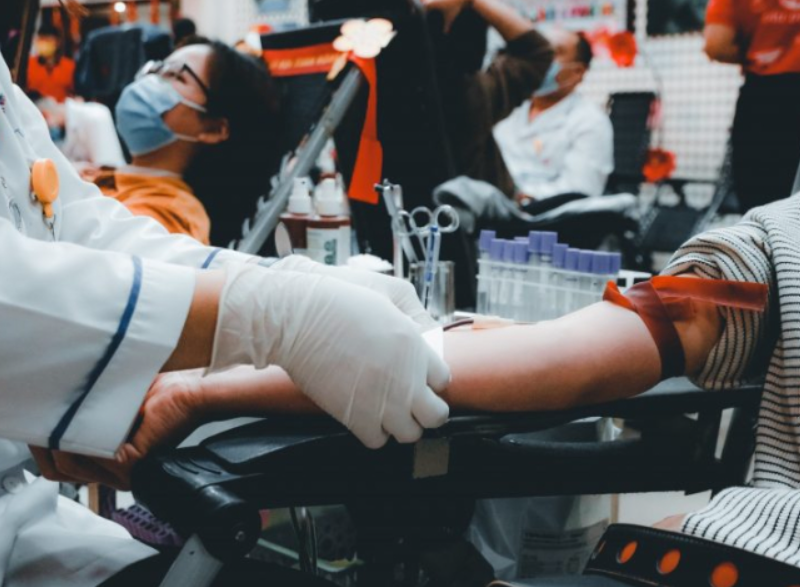The human cerebrum as a rule recoils throughout the years, so its volume can contract by 0.2 percent a year to 60 years of life. The intense brain shrinkage is linked to cognitive problems, say a team from Nicole Spartan of the Boston University School of Medicine.
Their new study of middle-aged people found that every extra hour spent in light physical activity is linked to 0.22 percent of brain size. Going through 10 to 19 minutes every day on moderate physical movement, for example, quick strolling is related with 0.29 percent higher mind volume contrasted with under 10 minutes day by day light exercises.
That level of activity is lower than what is suggested as the base requirement for critical health improvements. The recommendations usually prescribe that adults should spend at least 150 minutes a week in moderate-intensity physical activity (approximately 21 minutes daily) or 75 minutes per week of intense exercise and spend at least 10,000 steps per day.
According to new research, people who walked at least 7,500 steps a day had greater brain volume than people who did less than 7,500 steps a day.
Scientists estimate that each extra hour of light physical action is related with 1.1 percent less mind maturing every year, however they caution that due to the respondents’ childhood, assessments may not be completely precise.
They also found that the relationship between activity level, number of steps, and brain volume were not consistent.
With the end goal of the examination, the researchers enrolled 2,354 moderately aged volunteers to measure the energy consumed and the number of steps.
By magnetic resonance imaging, their brain volume is estimated relative to the volume of the skull.
“There ought not be much space in the skull that isn’t loaded up with cerebrum tissue. “On the off chance that we see a ton of void space, it recommends that the cerebrum has contracted and that it tends to be connected to dementia,” said Spartan.
The discovery that the smallest amount of physical activity is associated with lower brain volume even in middle age suggests that some adults enter older years with lower brain volume which brings them to a disadvantage in terms of reduced brain tissue maintenance.
A professor of neuropsychology in Colombia who was not involved in the study suggests that the study only studies the relationship between physical activity and brain volume, not cognitive function and risk of dementia. He mentions that further research is needed to clarify this.




